Uncooled LWIR (Long-Wave Infrared) lenses offer several significant advantages, making them highly desirable for many applications. First, unlike cooled LWIR lenses, uncooled LWIR lenses'lack of cryogenic cooling components reduces complexity, size, weight, and cost, leading to more compact and affordable thermal imaging systems. This also results in lower power consumption and less maintenance of the uncooled LWIR lens, enhancing uncooled LWIR lens's suitability for portable and remote applications. Uncooled LWIR lenses provide excellent thermal sensitivity, capable of detecting minute temperature differences, crucial for applications like surveillance, predictive maintenance, and medical diagnostics. Furthermore, uncooled LWIR lenses can operate continuously and reliably under varying environmental conditions, making them ideal for continuous monitoring in both civilian and military contexts.
CNGEIR is your go-to custom optical lens manufacturer and custom optical components supplier in China. Elevate your tech with our world-class IR optics combined with advanced optical materials today!

 en
en 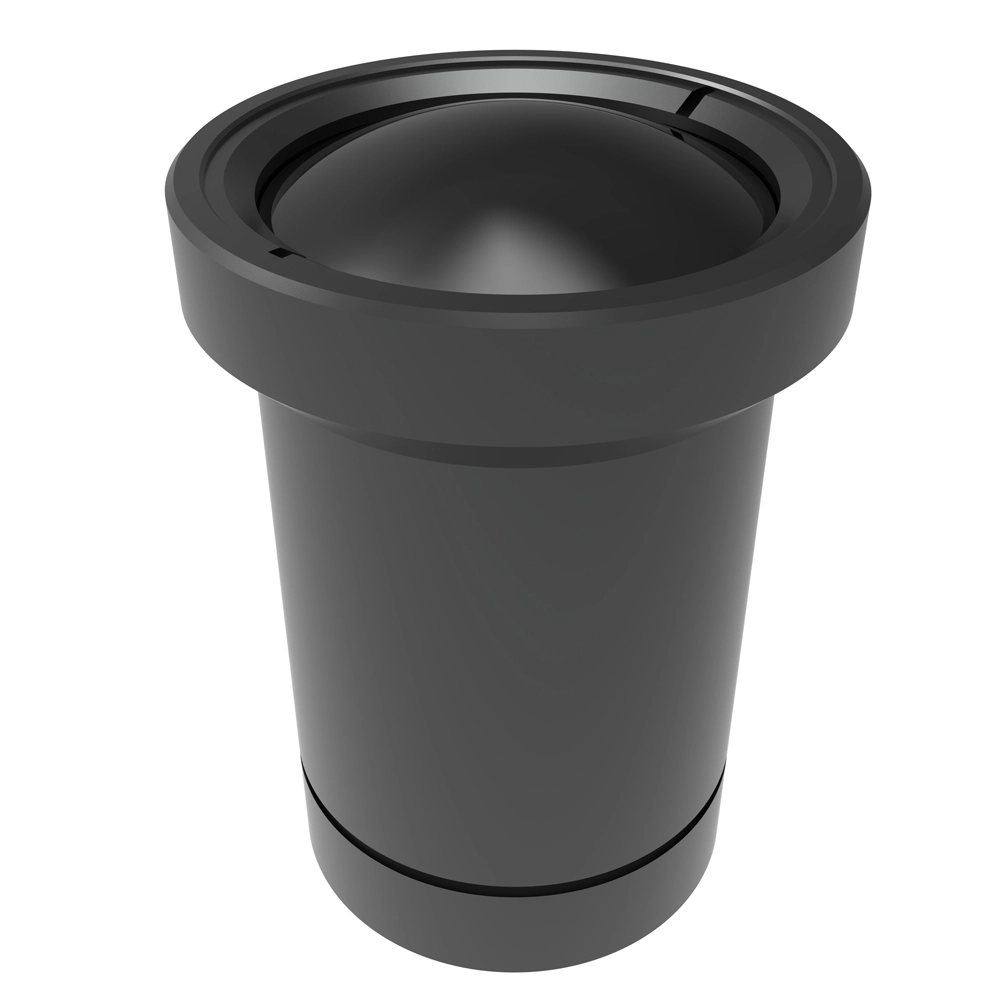
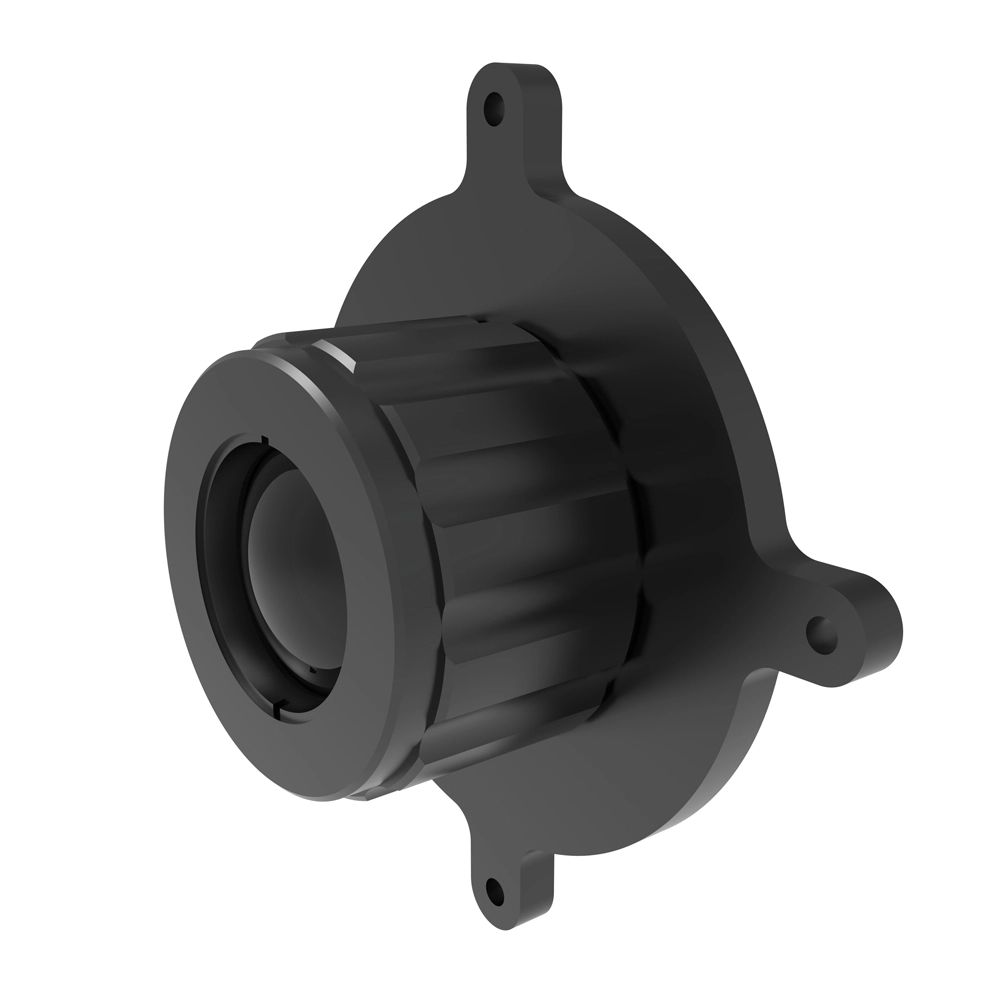
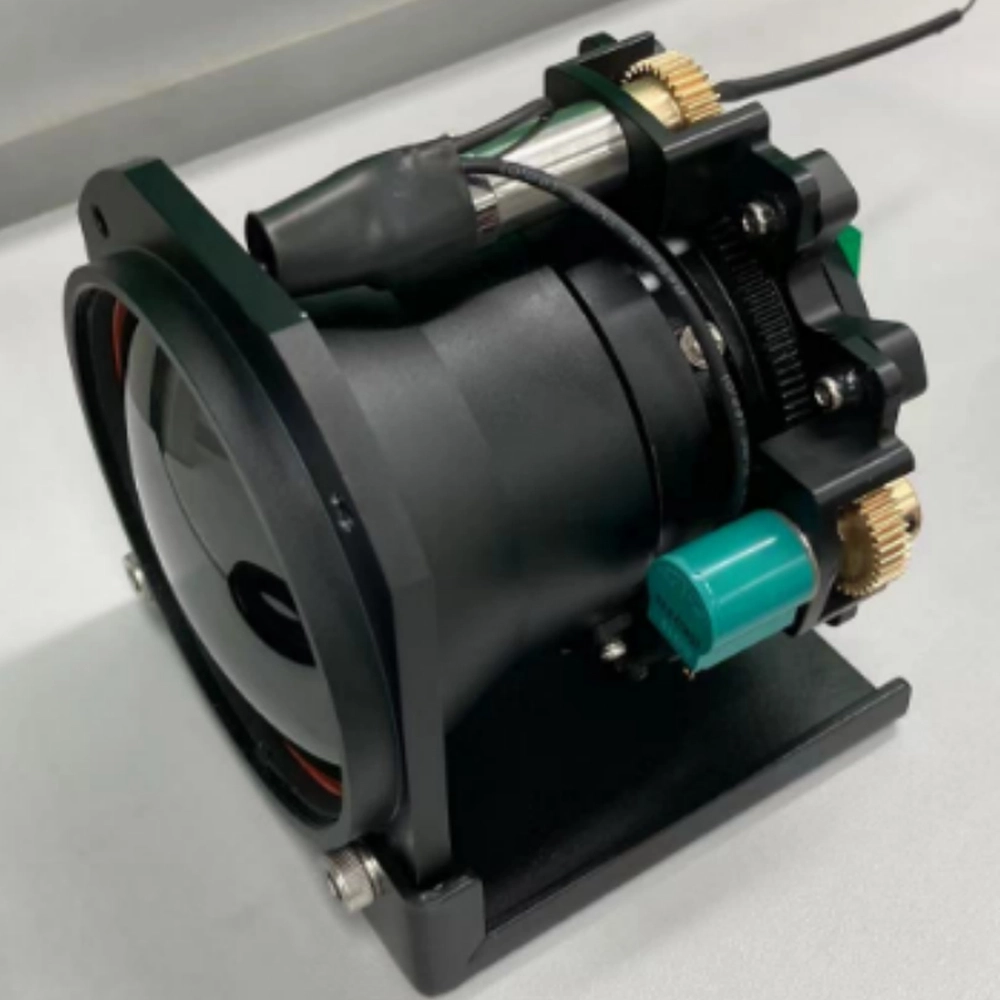
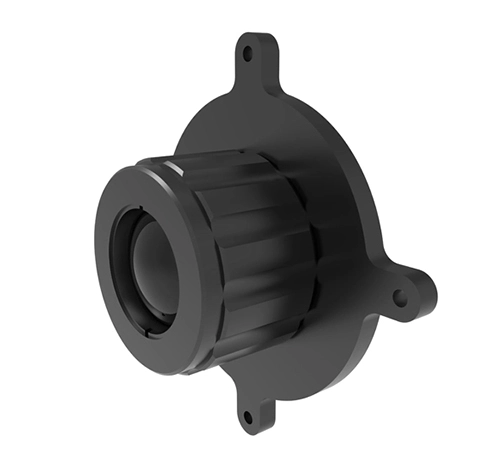

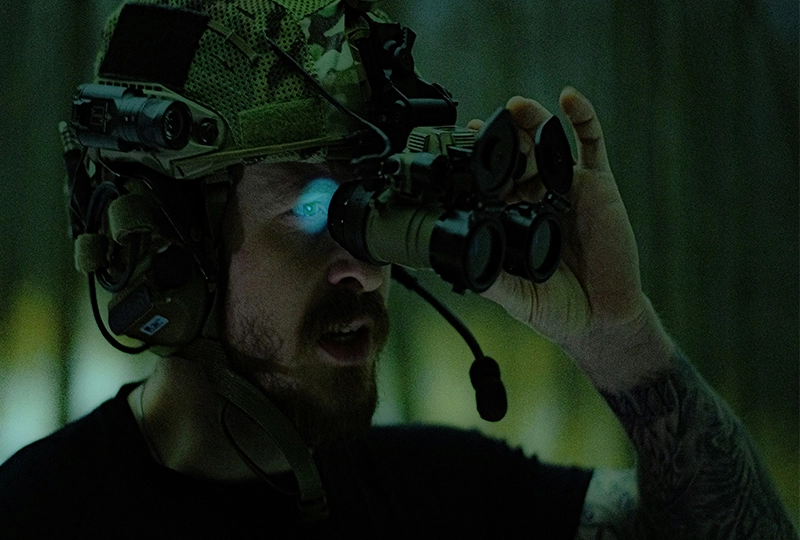
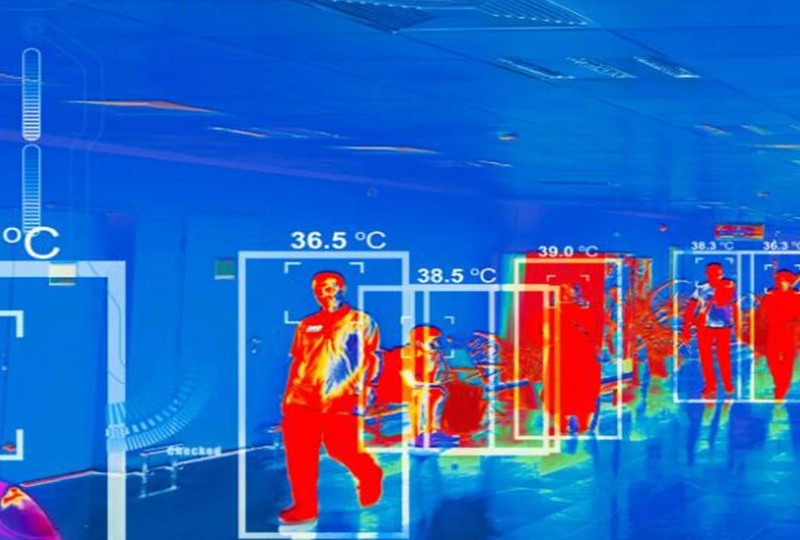

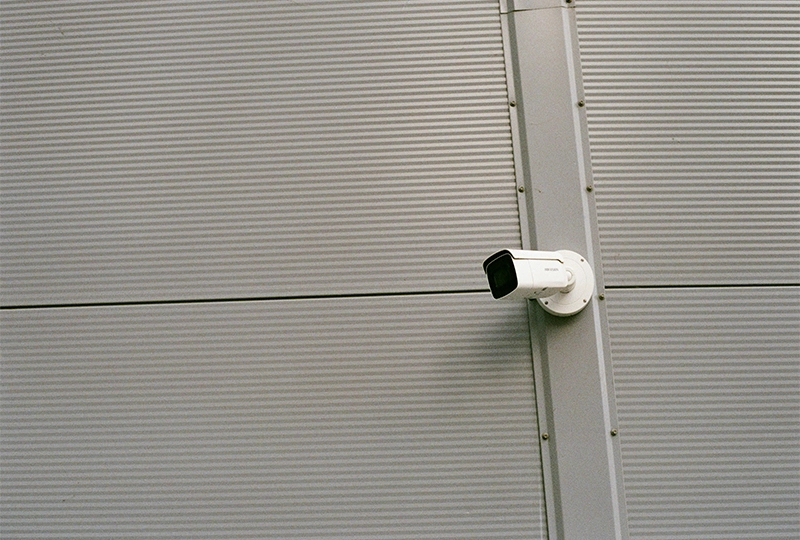

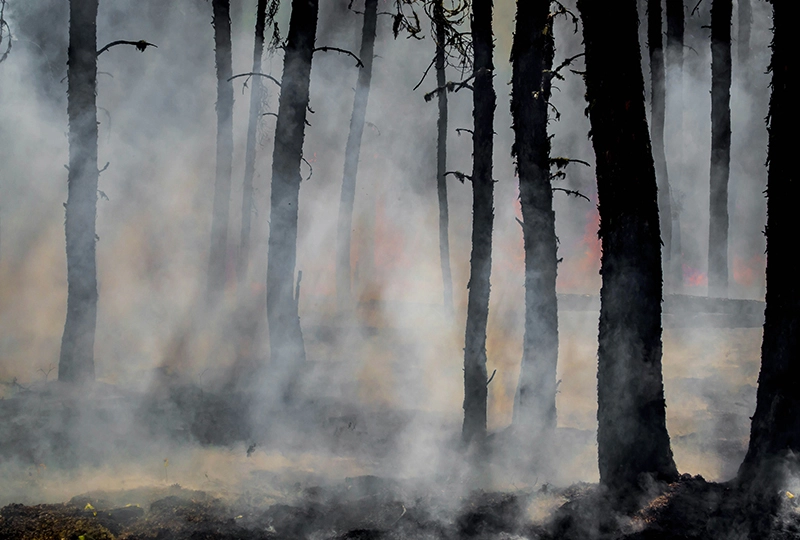
 Call us on:
Call us on:  Email Us:
Email Us:  No.9 Zhongxing East Road, Lishui Economic Development Zone, Nanjing, Jiangsu, China
No.9 Zhongxing East Road, Lishui Economic Development Zone, Nanjing, Jiangsu, China